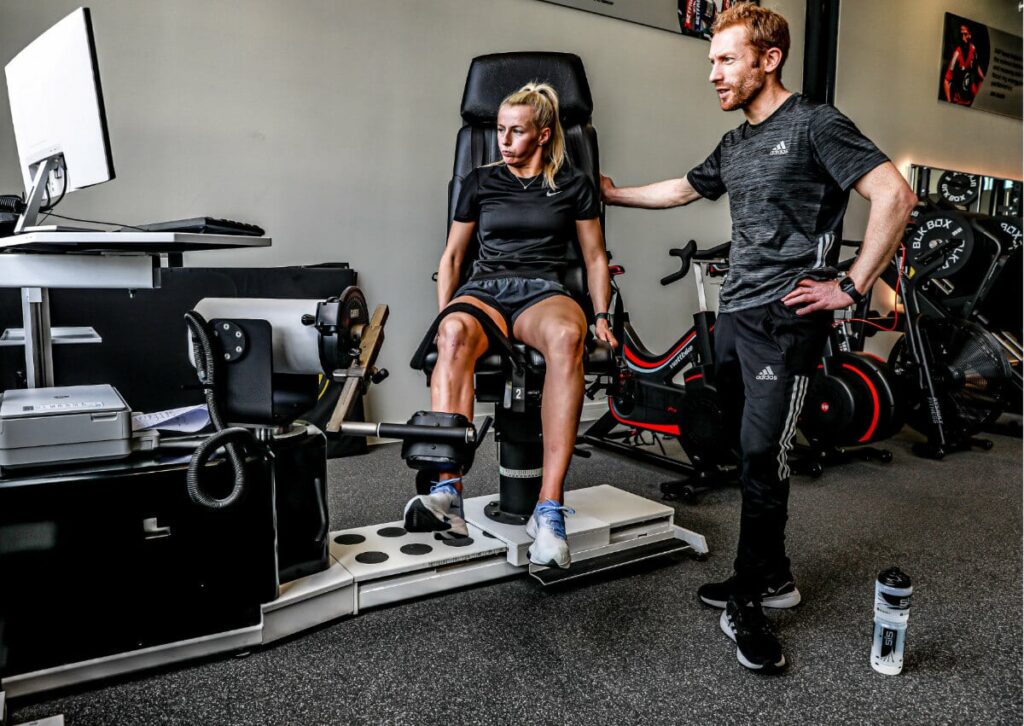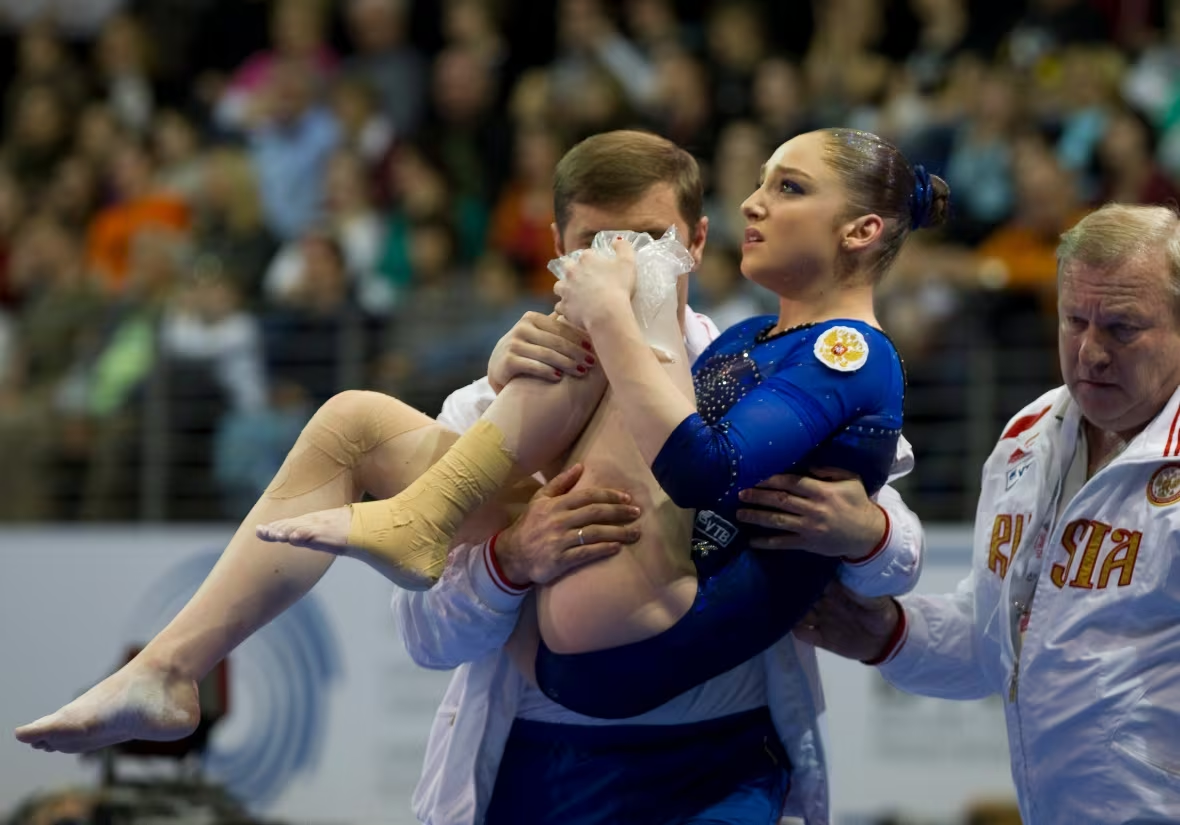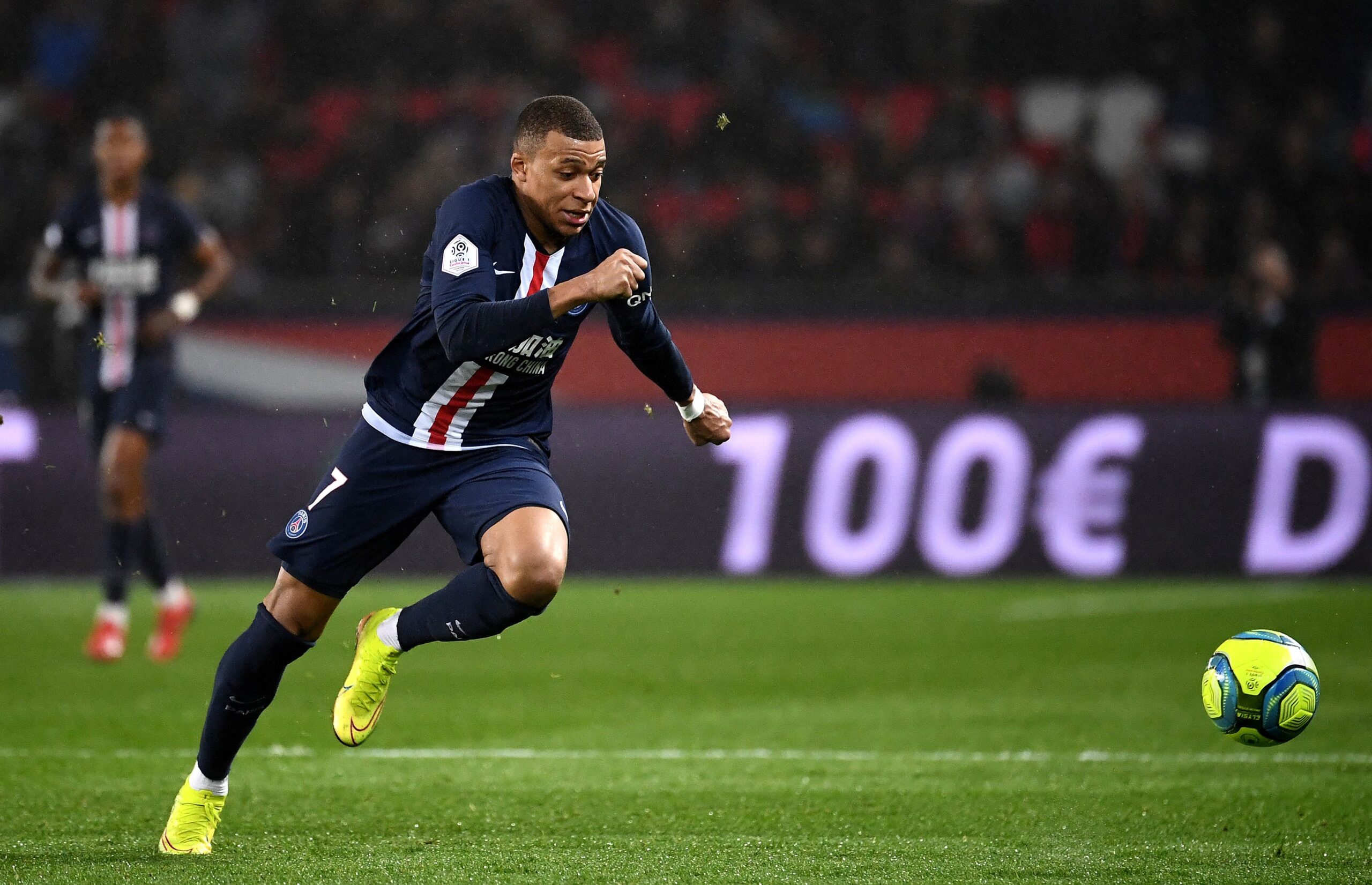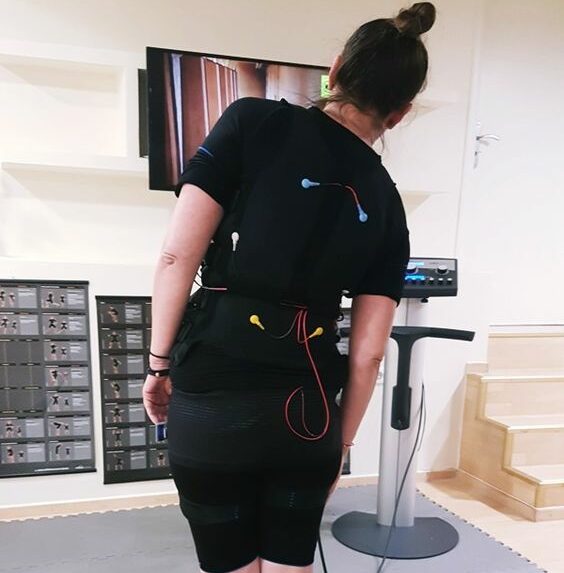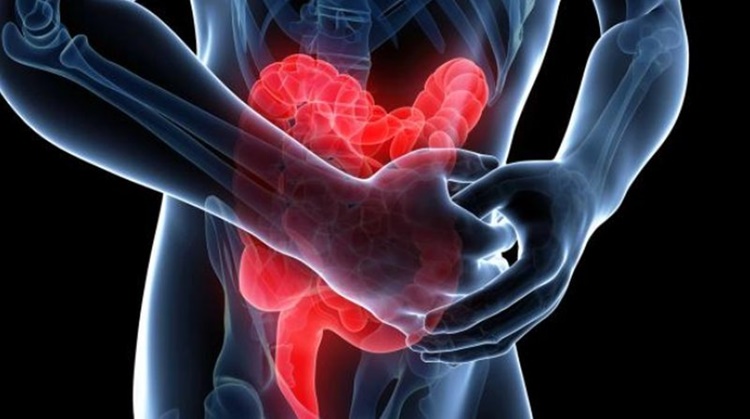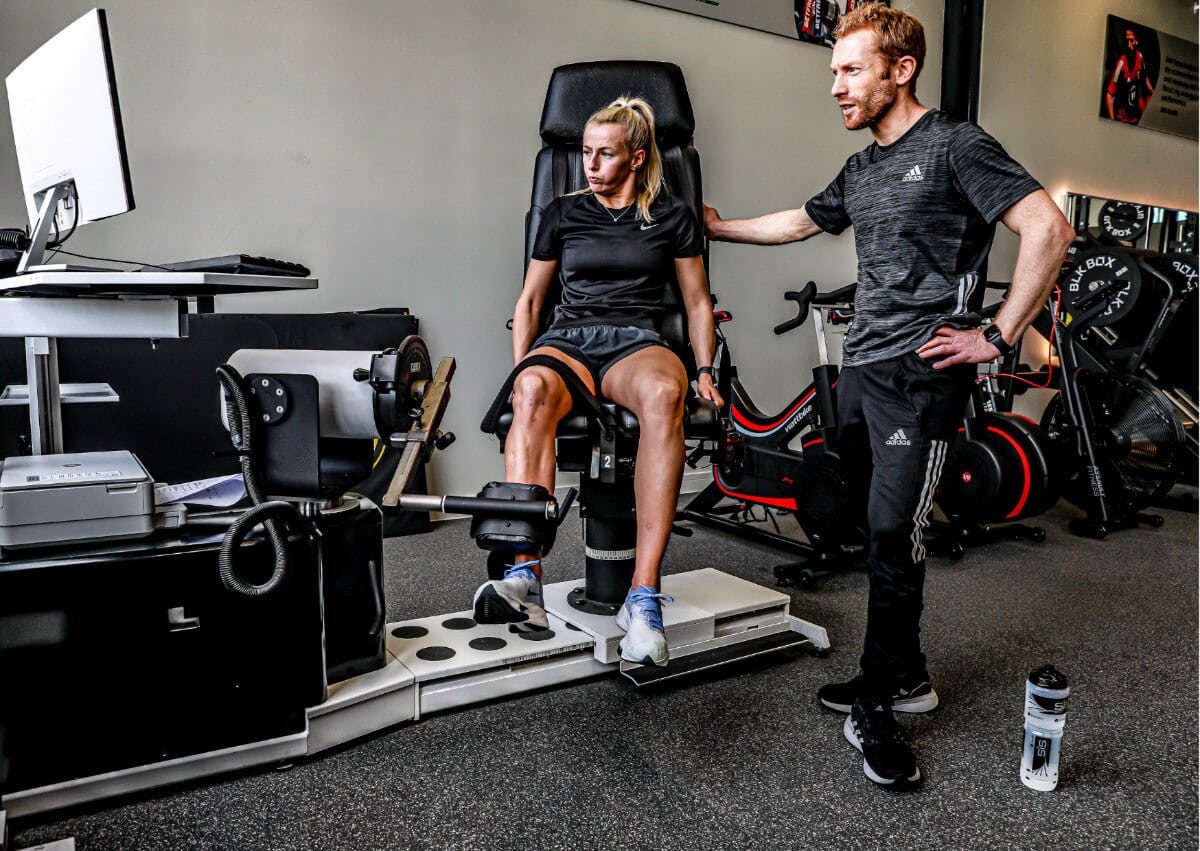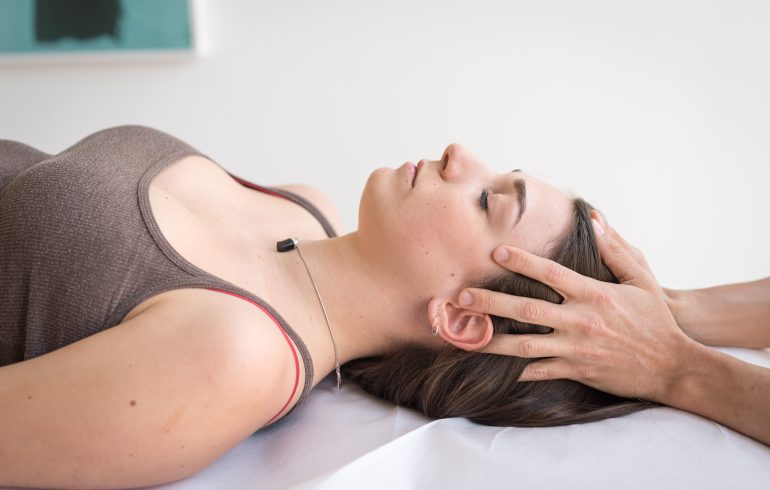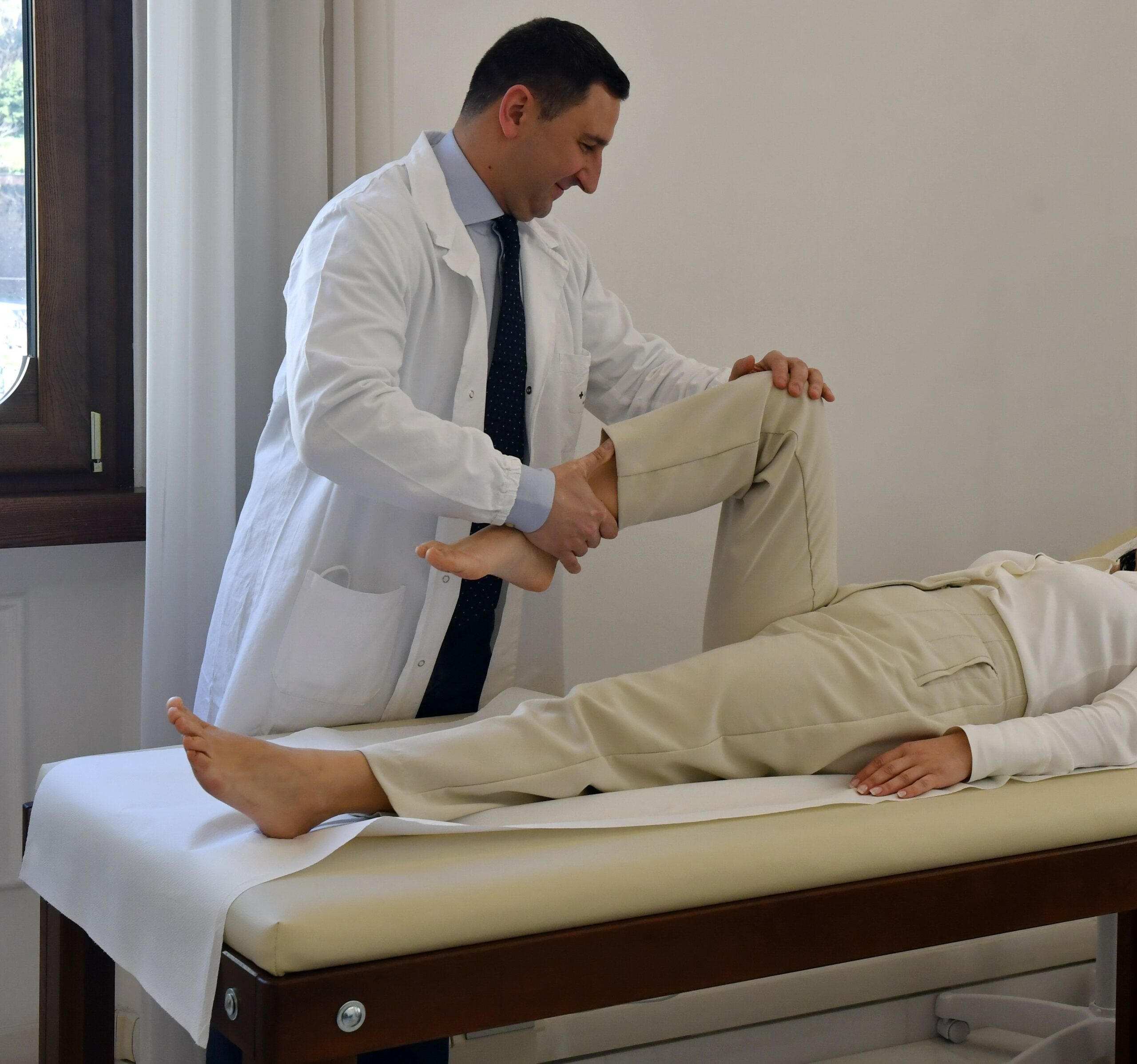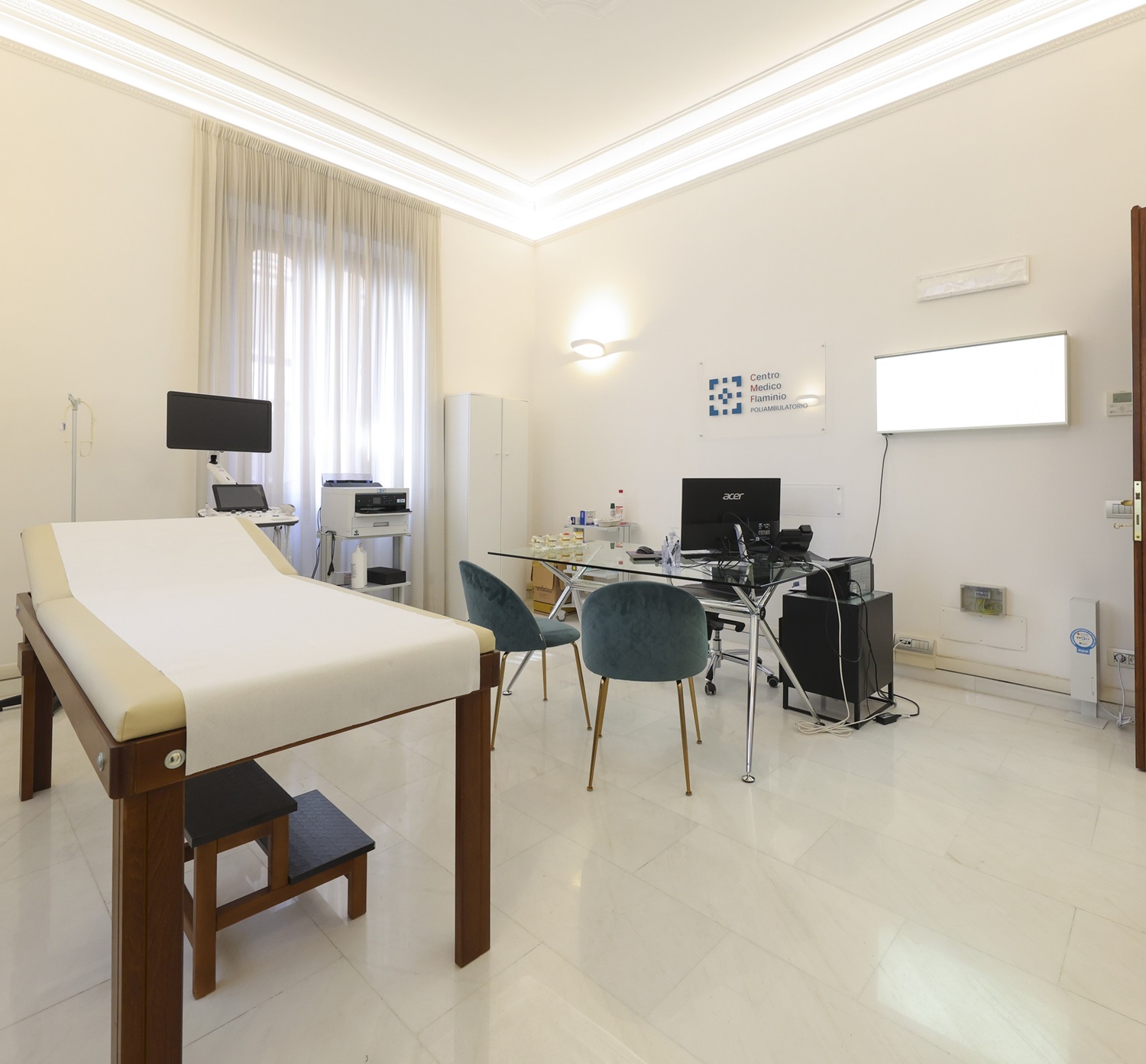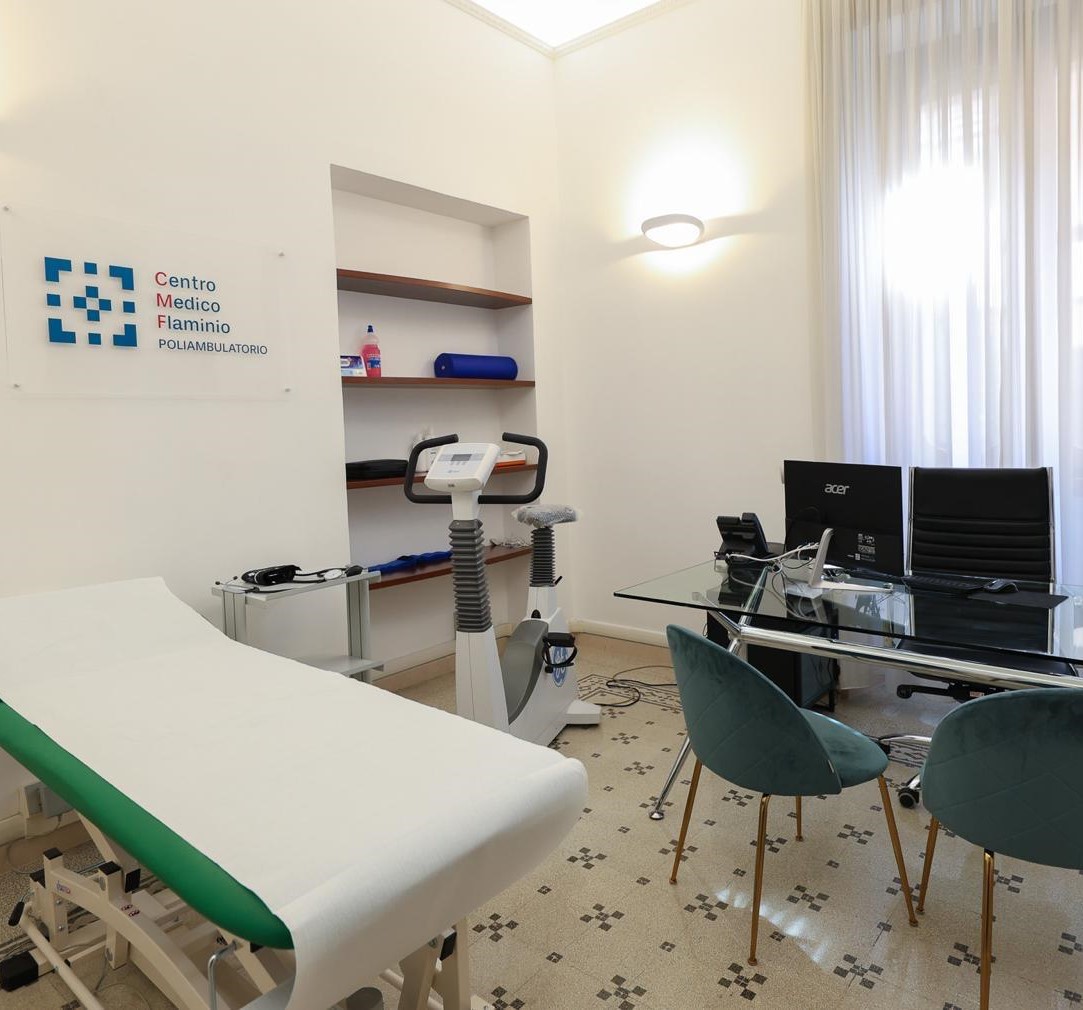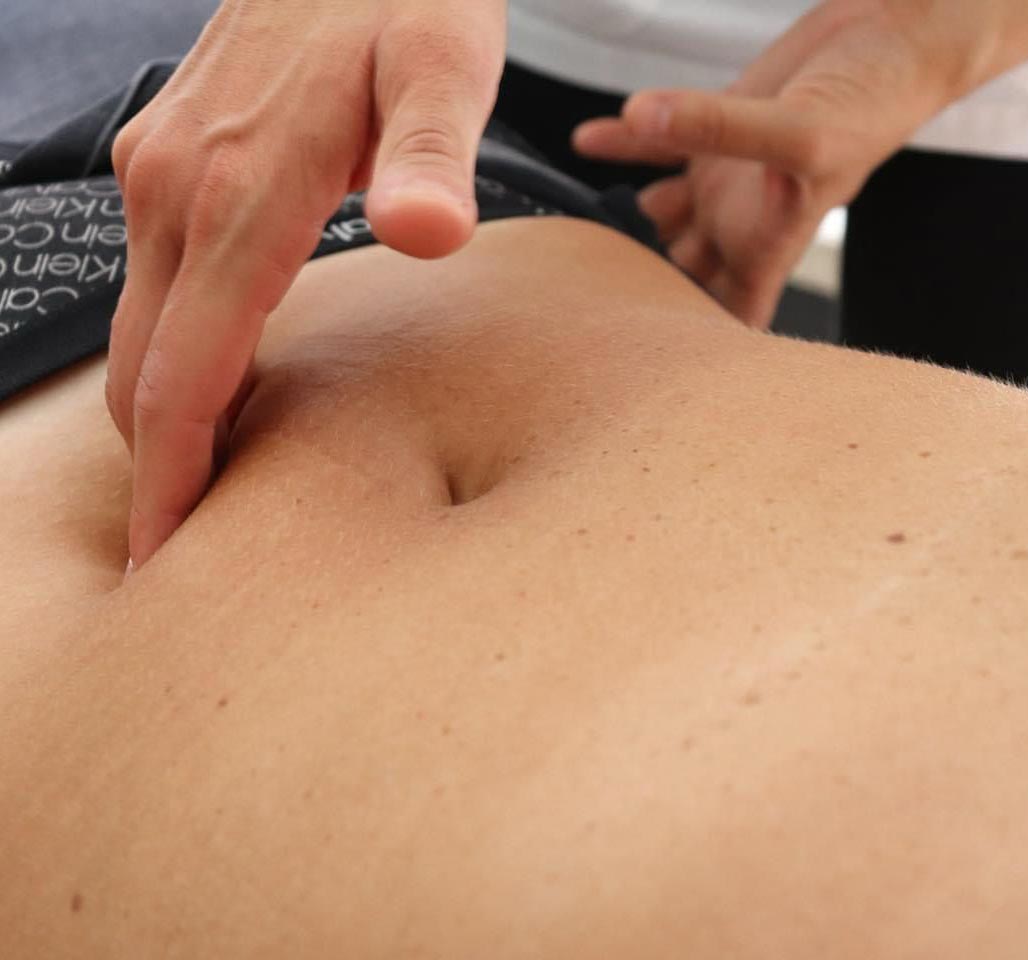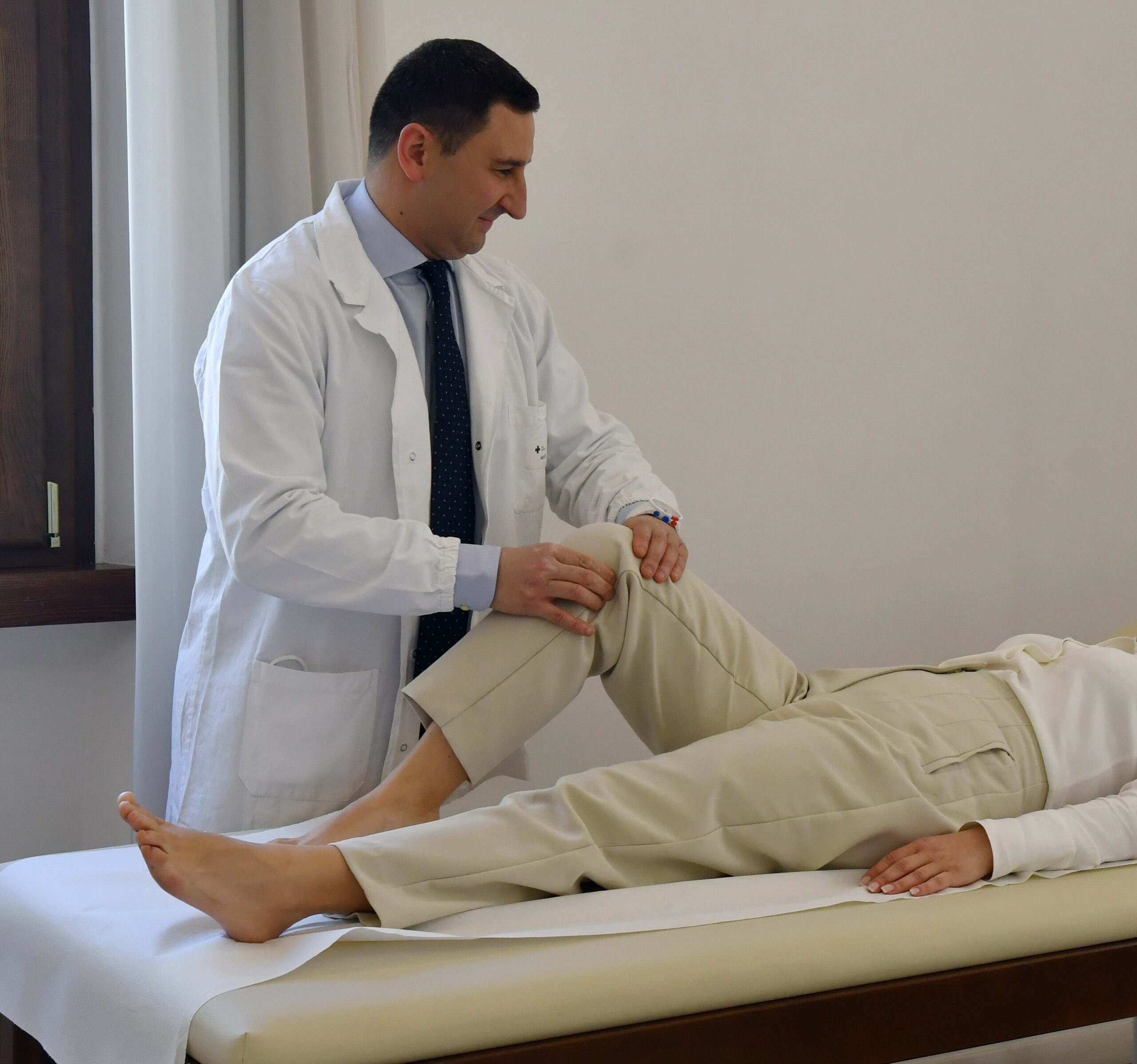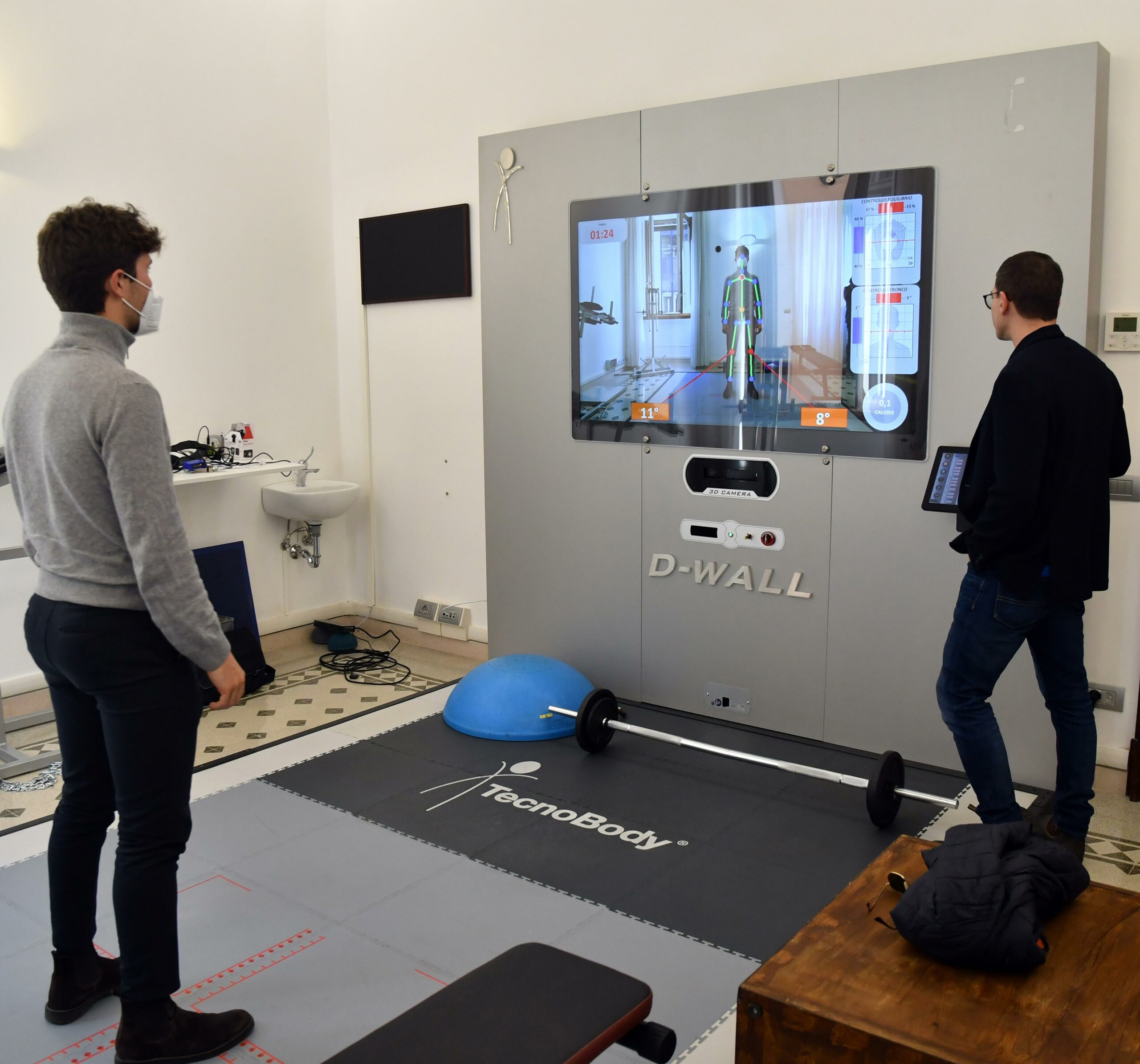Anterior cruciate ligament (ACL) injuries are among the most common and debilitating knee injuries in professional athletes, with an incidence in women up to eight times higher than their male collegues. ACL injuries can be career-threatening and are associated with an increased risk of developing knee osteoarthritis in later life. The increased risk of ACL injury in women has been attributed to various anatomical, developmental, neuromuscular, and hormonal factors. Anatomical and hormonal factors have been identified and studied as significant contributors, including bony anatomy, ligamentous laxity, and hamstring muscle recruitment. Postural stability and impact absorption are associated with stabilizing effort and stress on the ACL during sporting activity, increasing the risk of injury without contact with opponents. Female patients have smaller diameter hamstring tendon autografts than males, which may predispose to an increased risk of re-rupture after ACL reconstruction and an increased risk of chondral and meniscal tears.


